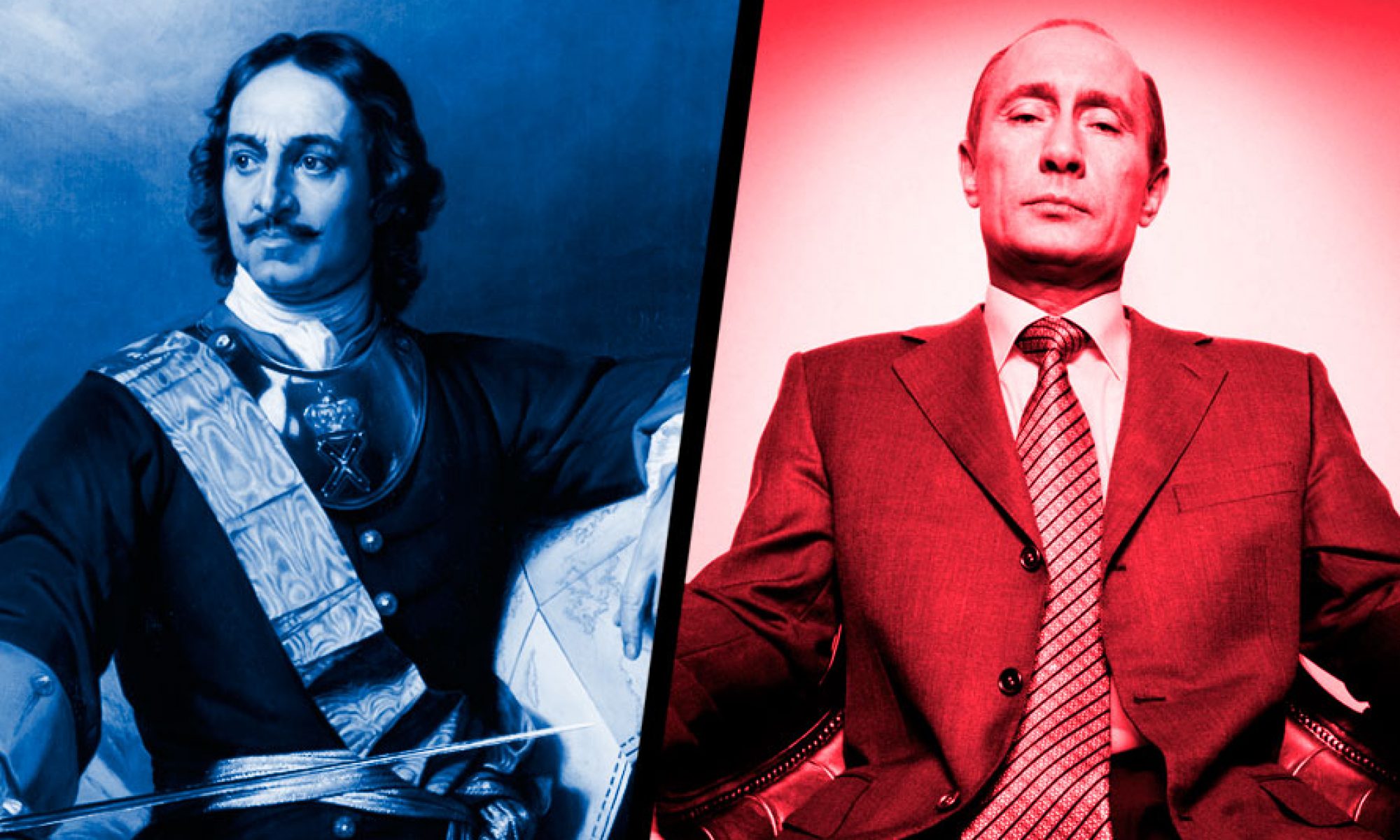One topic that was explored in Garrels’ book Putin Country that I would like to explore further in a discussion post is the relationship between Russian citizens and the military. Garrels points out that Russia’s military is still conscripted, meaning that there is a draft in place. While students may be apathetic towards politics, they surely are not apathetic towards the military, “Kids at Lyceum 31 were adamant that no one wants to go into the military, calling it ‘a waste of time’” (Garrels 110). She explains that this idea is cultivated early on with parents actively working to get their kids deferments and higher education being an incentive to dodge the draft. This relates to the military being so unpopular. Garrels uncovers some of the reasons why the Russian military is avoided. She claims that the military has an image of fighting “bad” wars, starting with Afghanistan and continuing into the Chechen wars (111). Stories and reports of ill-equipped soldiers who were sent into battle without proper care of their bodies or possessions. Furthermore, corruption runs rampant in the military as dedovshchina (military hazing), torture, and sexual abuse are common practices. Garrels claims that the Russian military “regularly has twenty percent fewer recruits than it needs” (110). As a result, the military is forced to conscript citizens who are in prison, “mentally unstable,” “suffered from alcohol and drug abuse,” or were “malnourished” (110). In a sense, Russia has a damaged conscripted army.
When reading this section, I could not help but think of the parallels with the American military. There was a similar relationship between citizens and the draft during the American War in Vietnam. Most people of privilege who could afford to go to college or dodge the draft was saved from fighting the unpopular war. This left the burden on many working-class citizens. Due to the drafts unpopularity, the military moved to an All-Volunteer Force (AVF) in 1973. However, due to economic incentives to get people to enlist, the military continued to disproportionately target lower-income minorities to fight America’s war. This led Noam Chomsky to famously claim that the AVF is a “mercenary army of the poor.” Today, America’s military continues to fight against that distinction. But understanding how a nation’s citizens relate to its military is crucial in identifying social relationships. As Russia continues on a path nationalistic fervor, a strong military presence comes hand in hand. But what if no one wants to fight?
A Few Discussion Questions to Consider
Does this distinction of a damaged military make the Russian military seem “weak”?
Why do you think that the government does not intervene in the abuses of the military? Does the government have control of the institution, or is it an independent, outside institution?
What do you think will happen if the Russian government gets rid of the draft and moves to an All-Volunteer Force like the United States?
And finally, in comparing the development of the American military to the qualities of the Russian military, is the military as an institution just an unpopular idea in the 21st century?
